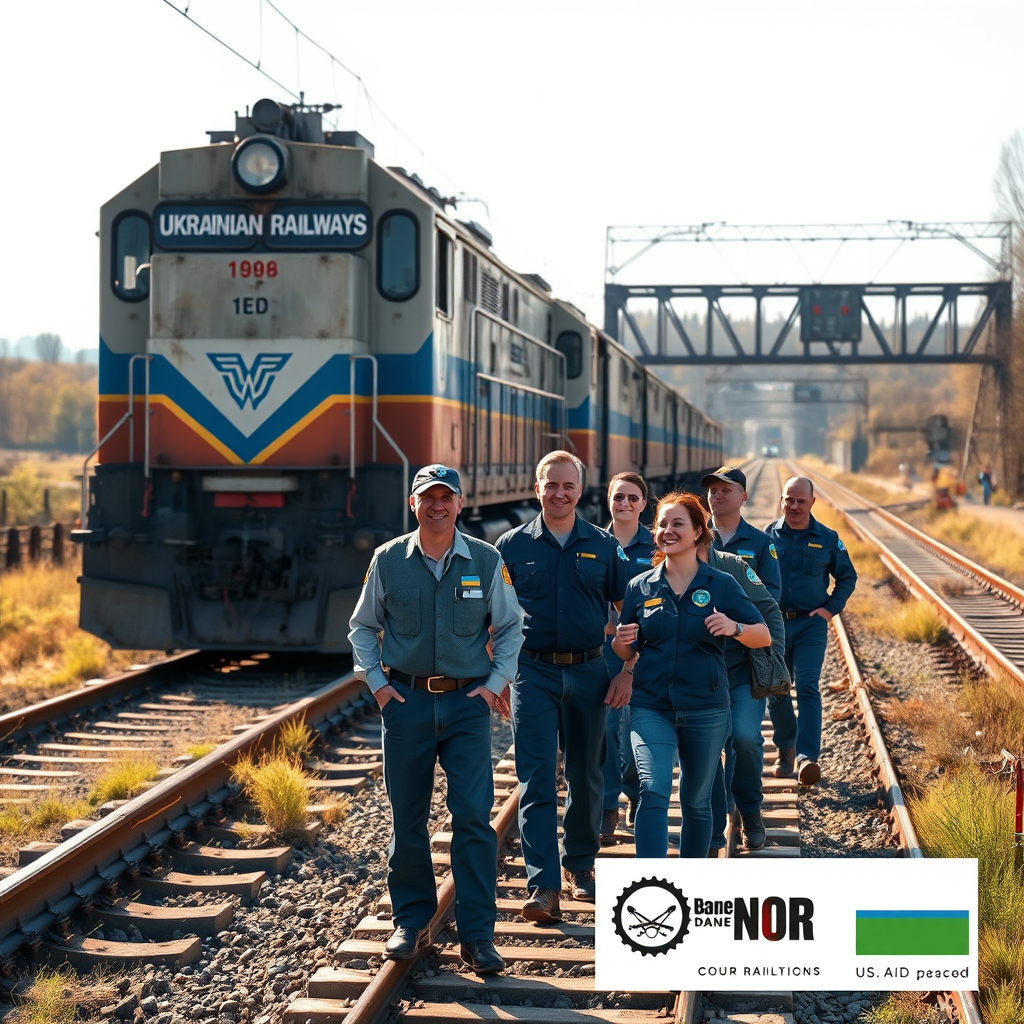Siemens Xcelerator: Revolutionizing Railway Digital Transformation

The Siemens Xcelerator Platform: Revolutionizing Railway Digital Transformation
The railway industry is undergoing a significant digital transformation, driven by the need for increased efficiency, sustainability, and improved passenger experience. This article explores the potential impact of Siemens’ new digital business platform, Siemens Xcelerator, on this transformation. The platform promises to create a seamless ecosystem connecting various stakeholders – from train manufacturers and infrastructure providers to operators and passengers – through open interfaces and a comprehensive suite of digital tools. By fostering collaboration and data sharing, Xcelerator aims to unlock unprecedented levels of optimization within railway operations. We will analyze the platform’s capabilities, its impact on key areas of railway management, and its potential to reshape the future of railway systems globally. This examination will delve into the technical aspects of the platform, its implications for operational efficiency, and its role in promoting sustainability within the railway sector.
Connecting the Physical and Digital Worlds through Open Interfaces
Siemens Xcelerator’s core strength lies in its ability to bridge the gap between the physical railway infrastructure and the digital realm. This is achieved through the implementation of Application Programming Interfaces (APIs), enabling seamless data exchange between various railway subsystems. These APIs allow different components, including trains, signaling systems, track maintenance tools, and passenger information systems, to communicate and interact effectively. This interoperability significantly enhances operational efficiency. For instance, real-time data from various sources can be consolidated to provide a comprehensive overview of the network’s status, enabling proactive maintenance and rapid response to unforeseen incidents. The platform also facilitates the integration of external data sources, providing operators with a holistic view of passenger demand, allowing for optimized scheduling and resource allocation.
Enhancing Railway Operations and Efficiency
The platform directly addresses key challenges within railway operations. Its integrated suite of applications, encompassing train planning, reservation, ticketing, inventory management, and Mobility-as-a-Service (MaaS), streamlines processes and reduces operational costs. By automating tasks and optimizing resource utilization, Xcelerator contributes to significant improvements in punctuality, increased train utilization, and reduced maintenance downtime. The platform’s data analytics capabilities allow operators to identify bottlenecks and inefficiencies, enabling targeted interventions to enhance overall network performance. This data-driven approach allows for predictive maintenance, preventing costly disruptions and ensuring a higher level of system availability. The integration of real-time passenger data supports improved service planning and resource allocation, ensuring a more responsive and passenger-centric service.
A Collaborative Ecosystem for Innovation
Xcelerator extends beyond a simple software platform; it’s designed to foster a collaborative ecosystem of partners, customers, and experts. The platform incorporates a marketplace for exchanging knowledge, solutions, and best practices, further driving innovation within the railway industry. This collaborative environment encourages the development of new applications and technologies, accelerating the adoption of digital solutions across the sector. The open nature of the platform allows for third-party integration, expanding its capabilities and adapting to the evolving needs of the railway industry. This fosters innovation by encouraging the integration of specialized applications and services tailored to specific needs, driving further efficiency and optimization.
Conclusion: Shaping the Future of Railway Systems
Siemens Xcelerator represents a significant leap forward in railway digitalization. By connecting the real and digital worlds through open interfaces and fostering collaboration, the platform empowers railway operators to achieve unprecedented levels of efficiency, sustainability, and passenger satisfaction. The platform’s comprehensive suite of applications, coupled with its data-driven insights, tackles core operational challenges, leading to improved punctuality, increased train utilization, and reduced maintenance downtime. The platform’s open architecture and collaborative ecosystem promote innovation, accelerating the integration of new technologies and the development of customized solutions. The successful implementation of Xcelerator can significantly contribute to the modernization and optimization of railway networks globally, setting a new standard for efficiency and passenger experience. The platform’s focus on interoperability and data exchange promises to transform the way railway systems are designed, operated, and maintained, paving the way for a more sustainable and passenger-centric future of rail travel. The success of Xcelerator will hinge on its broad adoption across the industry, enabling the creation of a truly interconnected and digitally driven railway ecosystem. The benefits, however, are undeniable: a more efficient, sustainable, and enjoyable railway experience for all.





